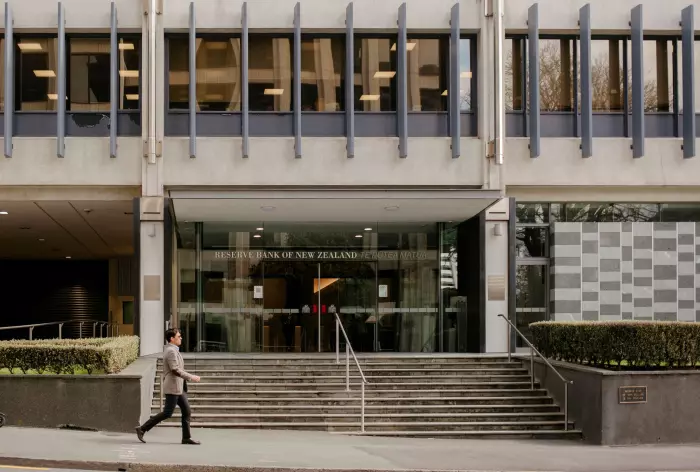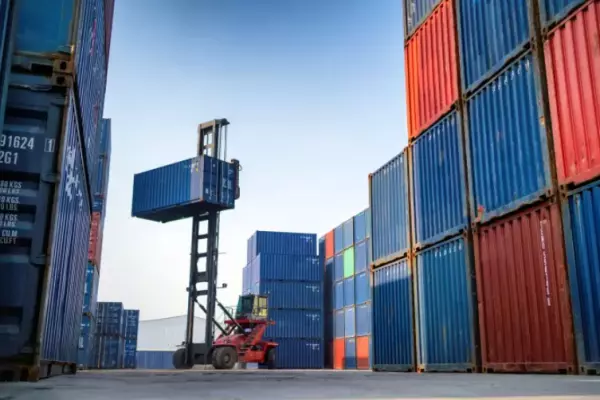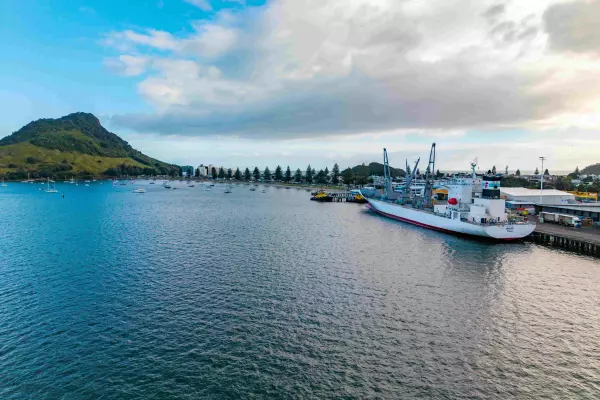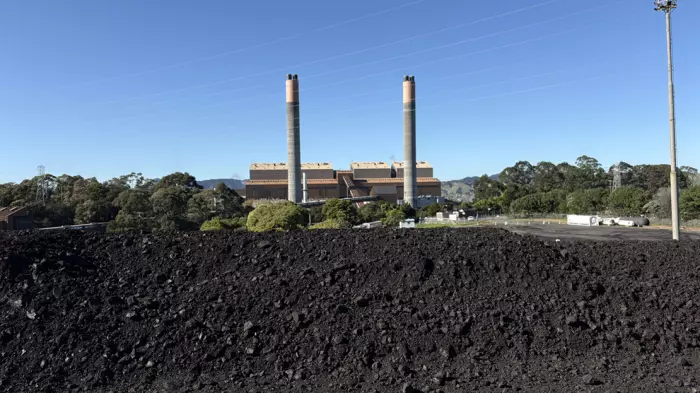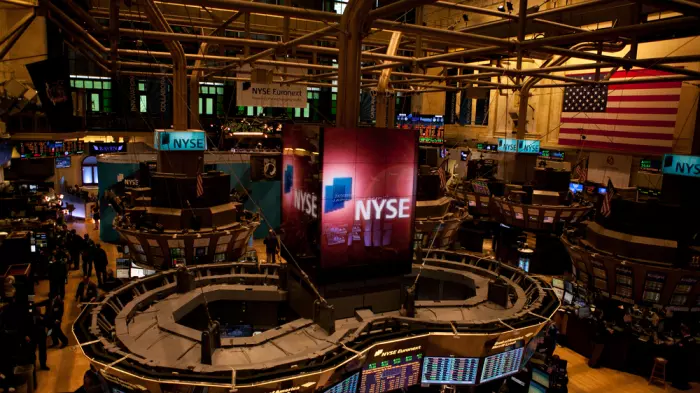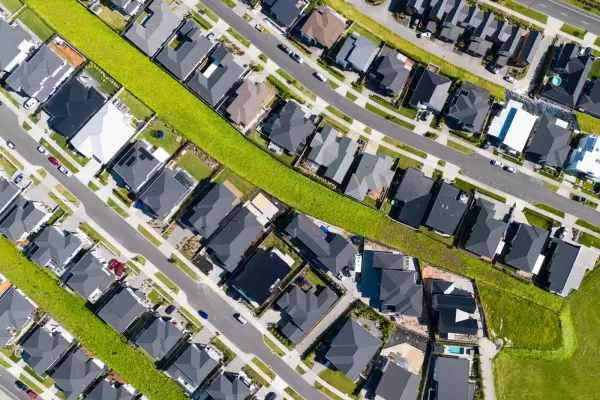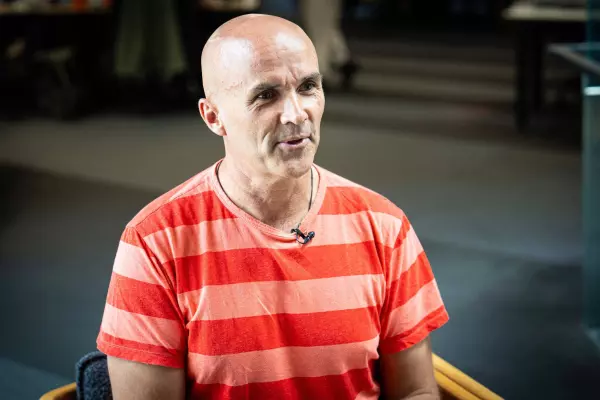Economists all agree that the economy is faring better than expected and rate hikes are on the cards. The question is when.
Forecasts from bank economists currently range from May 2022 to early 2024.
The official cash rate has been at a record low 0.25% since March last year when it was slashed by 75 basis points to help mitigate the impact of the covid-19 pandemic. In the Reserve Bank's November monetary policy statement, it said additional stimulus was still necessary.
Things have changed since then. The central bank is due to publish its monetary policy decision and statement, which includes forecasts, tomorrow at 2pm.
Less dovish
“The RBNZ simply must be less dovish in its February monetary policy statement than it was in November. Nearly every economic development since that November missive has portrayed a stronger, and more inflationary, economy than was expected,” said BNZ head of research Stephen Toplis.
“However, the biggest roadblock to an aggressive RBNZ is continued uncertainty. We are concerned that the current pace of expansion in economic activity is unsustainable and we still think the big hit from the international tourism sector’s demise is likely to show up over the coming six months,” he added.
BNZ’s central forecast is that the RBNZ starts raising the OCR in May 2022.
ASB chief economist Nick Tuffley now expects the RBNZ to begin raising the cash rate as early as August next year. That’s 12 months earlier than what he forecast three months ago.
There are caveats.
Tuffley said a rate rise will not occur until the New Zealand border is open. He said the RBNZ will also want to be confident the economy is heating up, that labour market capacity pressures are firming, and that inflation settles above 2%.
Tough times for tourism
ANZ Bank chief economist Sharon Zollner expects the central bank to lift its forecast for inflation and employment, as well as for economic growth, but “we expect the RBNZ will signal that removal of policy stimulus remains a long way off.”
Services data is bleak and anecdotes from the tourism industry are “increasingly, inevitably dreadful,” she said.
“The New Zealand economy is facing a large, negative income shock, and that will become increasingly evident over coming months. The RBNZ will be cautious about these headwinds, along with still-significant downside risks.”
ANZ said the central bank could put a highly conditional date on rate hikes, but it would be 2023 at the earliest.
The bank's economists also expect the timeframe of the RBNZ's $100 billion large-scale asset purchase programme to be extended to the end of next year but are tipping no change in the amount.
“This is mainly technical and is in response to reduced government bond issuance,” said Zollner.
The RBNZ has tapered its bond-buying since the beginning of the year and is now on track to purchase just $85 billion by June 2022.
Not so fast
Westpac is at the other end of the spectrum on prospective rate hikes.
Chief economist Dominick Stephens recognised that, relative to the RBNZ’s forecasts, GDP has proved stronger, inflation higher, unemployment lower, and export commodity prices better.
Also, “house prices are shooting through the roof when the RBNZ expected the market to slow. And inflation expectations have risen back to around the 2% mid-point of the RBNZ’s target range."
“That suggests much less need for monetary stimulus than the RBNZ thought back in November.”
However, “the key for the RBNZ is that while policy settings are about right, they will need to remain in place for some time."
Stephens notes inflation has surprised on the upside and tips it to reach 2.5% by the June quarter, but “we don’t think this will last.”
As a result “we expect no hike until early 2024.”


